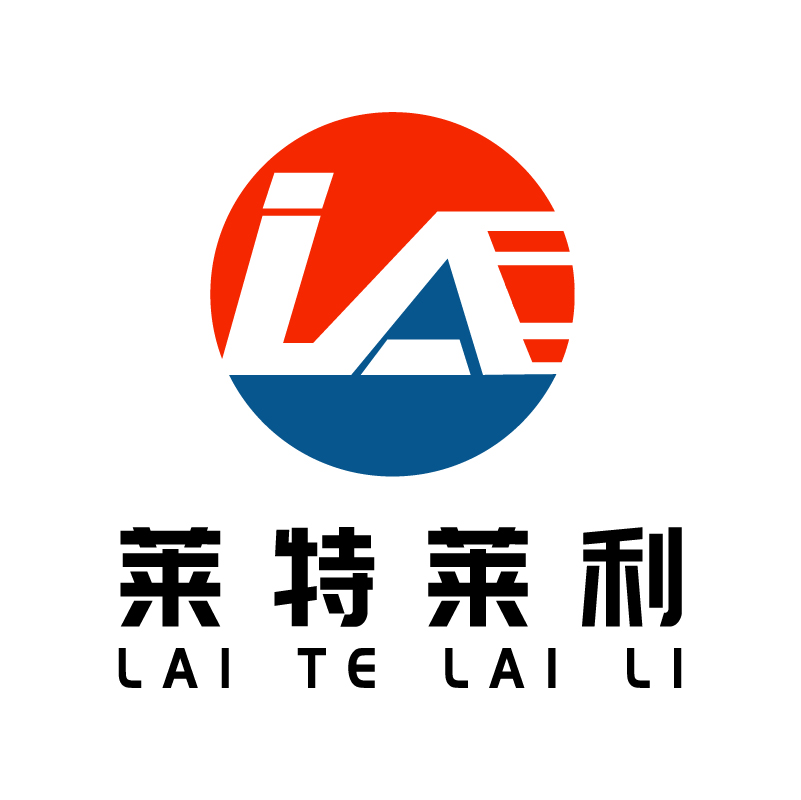How to guarantee the supply chain stability of carbon belt industry?
Supply chain stability assurance in the carbon belt industry is a complex and multi-dimensional process, involving multiple strategies and measures. Here are some key safeguards:
1.Fdiversified supplier strategy
Establish multiple supplier relationships: Carbon belt enterprises should actively establish cooperative relationships with multiple suppliers to avoid over-dependence on a single supplier. In this way, when a supplier has a problem, it can turn to other suppliers in time to ensure a stable supply of raw materials.
Supplier evaluation and selection: Conduct a comprehensive evaluation of potential suppliers, including their production capacity, quality control system, on-time delivery rate, etc., select reputable and strong suppliers as partners.
2.long-term cooperative relationship and mutual trust mechanism
Establish long-term cooperation: Establish long-term and stable cooperative relations with core suppliers, deepen mutual understanding and trust through long-term cooperation, and jointly cope with market changes and risk challenges.
Information sharing and collaboration: Establish an information sharing mechanism with suppliers, communicate market demand, production plan and other information in a timely manner, and realize the collaborative operation of the supply chain. At the same time, jointly participate in the optimization and improvement of the supply chain to improve the overall efficiency of the supply chain.
3. Inventory management and demand forecasting
Reasonable inventory management: According to market demand and production plan, develop reasonable inventory levels to ensure timely response to demand fluctuations. Adopt advanced inventory management system to monitor inventory status in real time to avoid the occurrence of inventory overstocking or out of stock.
Accurate demand forecasting: Use market data and historical information, combined with industry trends and internal data, to make accurate demand forecasting. Adjust production plan and purchasing strategy in time to adapt to changes in market demand.
4.logistics and distribution optimization
Improve the logistics network: establish a wide coverage of logistics network to ensure the smooth transportation of raw materials and products. Establish long-term relationships with logistics companies to improve logistics efficiency and reliability.
Intelligent distribution system: The intelligent distribution system can automatically optimize the distribution route and time according to the order information and inventory status, reduce logistics costs and improve distribution efficiency.
5. Quality control and standard system
Strict quality control: Establish a sound quality control system, strict quality inspection and control of raw materials, production process and finished products. Ensure the quality and performance of carbon belt products meet customer requirements and industry standards.
Standardized production process: Implement standardized production process to improve production efficiency and product consistency. Reduce human error and waste by standardizing operations.
6. Risk Management and emergency response
Risk assessment and early warning: Regularly conduct risk assessment and early warning analysis of the supply chain to identify potential risk points and vulnerable links. Formulate corresponding countermeasures and plans to deal with the occurrence of emergencies.
Rapid response mechanism: Establish a rapid response mechanism to deal with emergencies such as supply chain disruption. Timely communicate and coordinate with suppliers, customers and other stakeholders to jointly deal with risks and challenges.
7. Technological innovation and continuous improvement
Technological innovation investment: increase the investment in technological innovation, research and development of new products, new processes and new technologies to improve the competitiveness of products and added value. At the same time pay attention to the industry dynamics and technology development trends timely adjust the direction of research and development.
Continuous improvement and optimization: Establish a continuous improvement mechanism to optimize the supply chain operation process and improve the overall efficiency. Through data analysis, process reengineering and other means to continuously find improvement space and implement improvement measures to achieve continuous optimization and upgrading of the supply chain.
To sum up, the carbon belt industry can ensure the stability of the supply chain through various measures such as diversified supplier strategy, long-term cooperative relationship and mutual trust mechanism, inventory management and demand forecasting, logistics and distribution optimization, quality control and standard system, risk management and emergency response, technological innovation and continuous improvement. The implementation of these measures will help enterprises in the carbon belt improve the reliability and flexibility of the supply chain, reduce operational risks and enhance market competitiveness.



